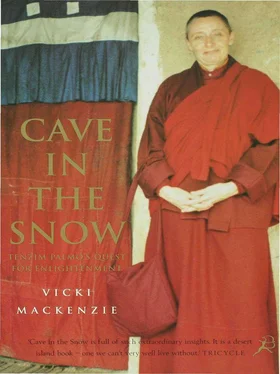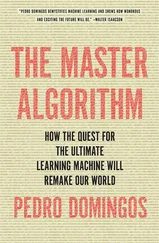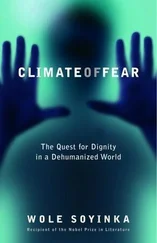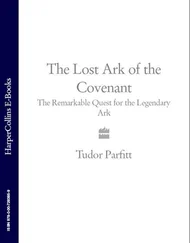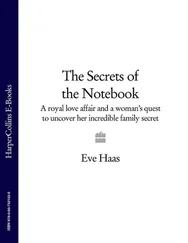At Tara Mandala she has inaugurated the concept of a round place of worship by placing the shrine holding twenty-one figures of the female deity Tara in the centre. ‘You walk into a space of wholeness. It’s very difficult to describe but everyone feels how different it is. No one yet knows how women will change Buddhism because it is such early days and we have never lived in a society where the feminine was honoured, so we don’t know what it would be like. Women are only just beginning to take little steps out of the shadow of the patriarchy. It’s a very interesting time.’
Yvonne Rand, one of America’s leading Zen teachers, who invited Tenzin Palmo to conduct a weekend seminar at her centre in Muir Beach, California, is also feeling her way. She knew first-hand the difficulties facing women with spiritual aspirations. Before setting up her own independent centre she was chairman of the Board of the San Francisco Zen Centre, a position she found conflicted with her role as a parent.
‘As a woman I was expected to take on a lot of responsibility, but I felt like a second-class citizen. There wasn’t a lot of understanding about the issues for a single mother and I was always being dismissed for not being very serious about practice. For example, there was a lot of pressure to get up early in the morning and sit in the meditation hall, but for me to do that would have meant leaving young children alone in an apartment,’ she said. Eventually she deduced that the rules she was trying to follow came out of the Japanese psyche rather than Buddhism itself, and that the home was as good a place to practise as the formalized group gatherings. ‘I finally realized that what I am is a lay, ordained priest, a householder who practices periodically as a monastic. For the first time I saw how I fit in and it was a tremendous relief.’
She pondered on the question of how far a woman can get practising in the home. ‘I don’t know about Enlightenment but I’m sure women can get very far. Liberation becomes possible when I begin to experience the possibility of being in the moment, when I’m not still carrying the baggage of yesterday or when I was two,’ she said. ‘The most important thing is constancy. If you pick up a practice, say a mindfulness practice, you have to do it often. Twelve times a day can be very effective. For instance, there’s a great little practice called the half-smile where you slightly lift the corners of your mouth and hold it for three breaths. If I do it six or more times a day within three days it makes a surprising difference to the body and mind. You can do it during any time of waiting, when you’re kept on hold on the telephone, at the grocery store, in the airport at the stop lights,’ she added, sounding remarkably like Tenzin Palmo.
’There are so many things that you can do at home,’ she continued. ‘You can follow the practice of developing patience or using obstacles as your teacher. I used to sit with people who were dying, and then being with the body afterwards. That was an incredible teaching. I learnt not only about impermanence and the links between the breath and the mind, but that the way we die is the way we have lived. The issues of our living will arise during our dying. When you have chosen your practices and done them for some years you can go back and refine the ground. You don’t have to keep adding new ones until you’ve perfected the ones you’ve got. One of the hazards of being American is that we’re not very modest. We’re always in a rush, wanting it all at once.’
The Kitchen Sink Path still has its pitfalls, as Yvonne Rand, practitioner and householder for over thirty years, testified. While not as dramatic as confronting starvation or wild animals, they were equally real, she declared, and had to be worked out with the same diligence and constancy. ‘There are two main ones – confusion with priorities, and an unwillingness to give things up so that you become overwhelmed trying to do it all. In order to practise, study and teach, as well as being available to my husband and family, I have given up going out much. In fact, I have become a chicken. I get up at 5.30 a.m. and often go to bed by 7.30 p.m. It’s relatively easy for me because my children are now grown up and my husband is a dharma practitioner also. Those hours to myself in the early morning make a huge difference. I do sitting and walking meditation, and I take precepts such as not lying, not taking anything that is not freely given, and not killing or harming a living being. I have done these practices for such a long time that they’ve become part of my life.’
It wasn’t only feminists who were asking the difficult questions. Male practitioners were also challenging the value of the cave. Vipassana teacher Jack Kornfield, one of America’s most renowned meditation masters, introduced the concept of a ‘few months in’ and a ‘few months out’ as an alternative to years of uninterrupted retreat in isolated places. He was also advocating half-way houses when the retreat was finished. His argument was that prolonged periods of meditation away from mainstream life made it extremely difficult for the person to reintegrate back into society. The Western psyche was unsuitable for such austere practices, he said, as the many who were beginning to try it on their own home soil had found out. Prolonged solitary retreat was causing psychosis and alienation.
In England another well-known Buddhist teacher, Stephen Bachelor, director of studies at Sharpham College for Buddhist Studies and Contemporary Enquiry, tended to agree. He had been a monk for ten years both in the Zen and Buddhist traditions, before becoming one of Buddhist’s most famous sceptics, openly questioning such fundamental doctrinal principles as reincarnation. As a friend of Tenzin Palmo he was in a good position to comment on whether a cave was necessary for advanced spiritual practice.
‘It doesn’t make a lot of sense to make generalizations. So much has to do with the temperament of the person who is going to the cave,’ he said. ‘Knowing Tenzin Palmo it has obviously been an experience of enormous value, something which has had its knock-on effect afterwards. She is so clearly warm, outgoing, engaging in life. But Tenzin Palmo doesn’t conform to the standard norm of the solitary hermit, who is usually introverted and world-denying. I can think of other instances where people are not so psychologically solid and where prolonged periods of meditation in complete solitude can lead to psychotic states. People go in looking for answers for their insecurity and alienation and can get locked into their neurotic perceptions rather than going on beyond them. You have to be wired in such a way to be able to cope with this sort of isolation.’
As a monk, Stephen Bachelor had conducted his own retreats, on one occasion doing three months in, three months out for a period of three years. He knows the kind of traumas such an exercise can induce. ‘You do confront your own demons (if you have any), which is of enormous value. You come up against yourself and you have to respond to your reality using the tools you have been given. My long retreat eroded my belief system,’ he acknowledged. ‘I was in a Zen monastery where all we did was ask the question, “What is this?” My retreat was about unlearning. It was a very different approach from Tenzin Palmo’s. In Zen there is no devotion to a particular teacher. One of Tenzin Palmo’s great strengths is that she has great faith in her guru and the tradition she is part of. Frankly it is a faith which I find inconceivable.’
All this put Tenzin Palmo’s twelve years of determination and extraordinary effort in the cave on the line. Had she wasted her time? Could she have performed her great retreat in London or Assisi? Was she an anachronism? If she had not disappeared to the East when she was twenty would she have done it any differently? As always she stood her ground and put up a compelling credo for the cave.
Читать дальше
